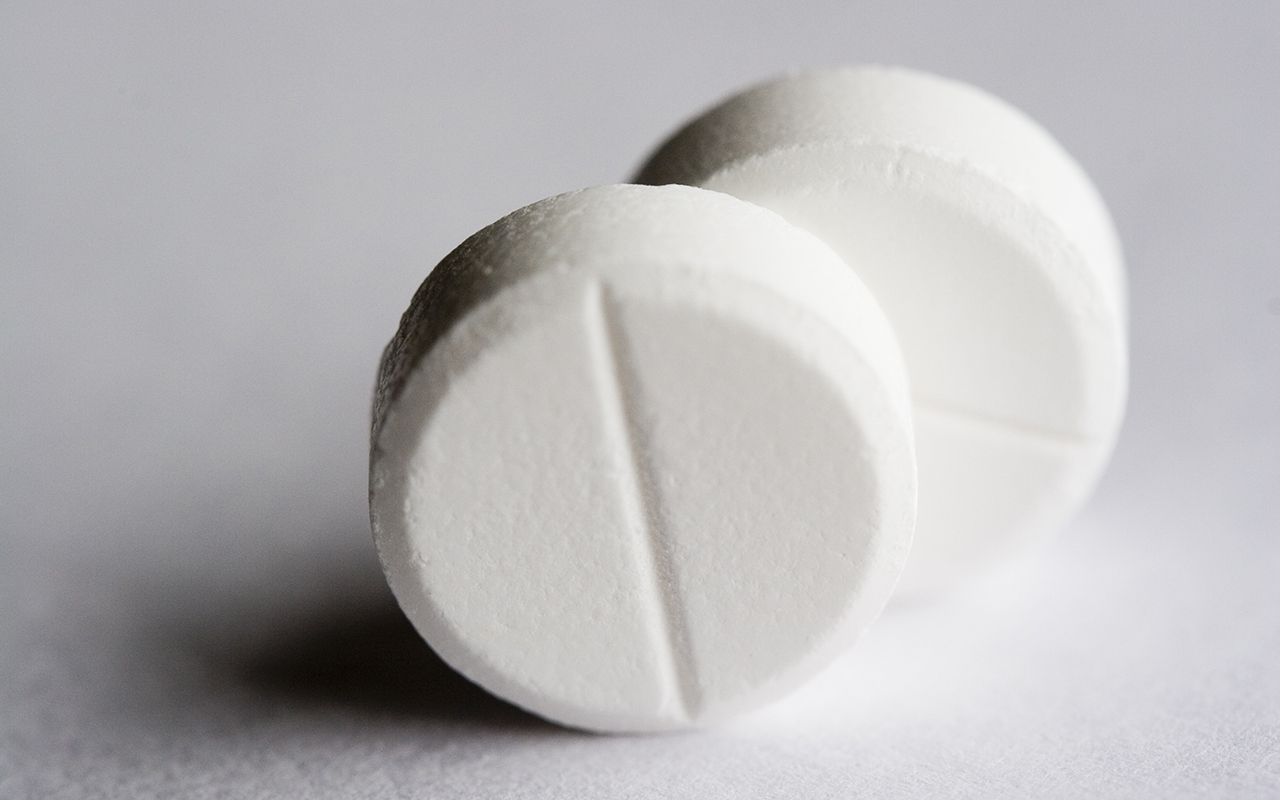ALMOST one-fifth of studied medications supplied to medical and surgical wards, and emergency departments (EDs) were not administered to patients, with the greatest proportion of the unaccounted-for drugs useful for self-medication.
Professor David Taylor, Director of Emergency Medicine Research at Austin Health in Melbourne, and colleagues investigated the nature, extent and cost of discrepancies between the quantities of medications supplied to medical departments and those administered to patients in public hospitals in Melbourne, in research published by the MJA.
“Considerable quantities of medications are not accounted for in public hospitals,” Taylor and colleagues wrote.
The researchers analysed electronic pharmacy drug management system (medication supply) and medication administration data for 20 frequently used medications in each of four public hospitals in Melbourne during 2019.
The data indicated that almost one-fifth (19.2%) of units supplied to medical and surgical wards and EDs were not administered to patients.
“Differences for medications useful for self-treatment or for treatment of friends or family, such as oral antibiotics, were relatively high,” Taylor and colleagues reported.
“Our findings were also consistent with other reports that discrepancies were higher for oral than equivalent parenteral [non-oral] medications, whereby those for parenteral preparations were probably attributed to wastage.”
Although they did not specifically investigate the reasons for the discrepancies, Taylor and colleagues wrote that their findings and others worldwide suggested that “medication discrepancies are partially explained by theft, typically for self-treatment”.
“Diversion of controlled medications by hospital staff has been described, particularly in peri-operative areas of hospital practice.
“The generally low discrepancy rates for controlled substances in our survey were encouraging, but the high rates for oxycodone and temazepam at individual hospitals are concerning and require elucidation.
“The large discrepancies for ED medications we found probably have several causes,” they wrote.
“Medication is often transferred from EDs to other wards or services, bypassing supply and administration systems, particularly outside normal working hours, when a medication may not be immediately available on a particular ward.
“Patients discharged to hospital in the home may be given parenteral medications to ensure continuity of treatment before a definitive source is secured, and doctors may provide discharged patients with starter packs or complete courses of medication instead of prescriptions.
“Further, prescription medications are occasionally supplied from the ED medication imprest instead of the after-hours medication facility for discharged patients.
“The relatively hectic environment and larger staff numbers in EDs may also contribute to discrepancies.”
Other possible explanations for discrepancies include failure to document medication administration, failure to document verbal orders, temporary unavailability of the medication record system, undocumented preparation and administration errors, changes in imprest medication levels, stock recalls, spillage, waste, and medication expiry.
“We recommend that the integrity of electronic medication supply and administration data be validated, comparing electronic with manual audit data,” Taylor and colleagues concluded.
“Reasons for medication discrepancies should be examined to facilitate development of appropriate targeted interventions, including staff education, strict administration sign-off procedures and audit, and improved tracking of medication transferred to wards, given to patients or other services, or not used for other reasons.
“Cameras in medication rooms could be considered, and procedures for averting diversion and harmonising supply and use reviewed.
“Our findings highlight the importance of monitoring discrepancies between electronic medication supply and administration data to improve the detection and prevention of medication loss.”
Also online first at the MJA
Research: Hospital‐acquired complications: the relative importance of hospital‐ and patient‐related factors
Duke et al; doi: 10.5694/mja2.51375 … FREE ACCESS permanently
Podcast: Dr Norman Swan from the ABC’s Health Report, and Coronacast, talks about the past 2 years and where the COVID-19 pandemic goes from here … FREE ACCESS permanently

 more_vert
more_vert
How much pain relief and emergency medications are over prescribed in the first place?
As a retired medical professional recently in ED c and then IP. I was shocked at the laxity surrounding drug administration not in ED but on wards . Many ere simply not administered but were recorded as given or given in 1/ 2 quantity. The blatant acceptance of missing or unavailable drugs
Was shcocking to me.
I was not in a covid ward .
The hospital system is broken in many ways. The drug scandal is merely anther manifestation.
Pretend to be a patient to see what happens.
As an example :I arrived in ED with a sheet from ambulance. Still there 5 days later.
No disinfectant wash of floors.
Bed bound no wash water or anything provided.
No visitors.Had to arrange delivery of dettol wipes and own .Staff exhausted doing double shifts
Medical staff MUST speak up
The research describes many flaws in the data but still “medication discrepancies are partially explained by theft”. Where is the evidence for this in your research Taylor et al? I couldn’t find it.
There is no way to determine how much is theft for personal use. I’ve worked in EDs across the country, and it is not unusual (and in places routine) to simply give a box of, say, antibiotics to the patient before they are discharged, and not to document it. To blame theft for the problem to me smacks of a political move to justify a political solution (like Draconian control of the dispensary).
I’ll be the first to admit that I’ve taken medication from the drug room for personal use whilst on shift.
However this has been simple medication such as panadol or ibuprofen and is usually in the context of a work place incident such as a muscle strain whilst shifting / transferring a patient or following an assault by a patient. Yes I could of taken myself off the floor and been triaged and then formally assessed by a colleague but that would be a larger waste of resources.
Some EDs and wards I’ve worked on have had a staff medication box with meds such as panadol, neurofen, bushland, ondansetron etc available for staff use. It would be interesting to investigate if these departments have less “missing” stock.